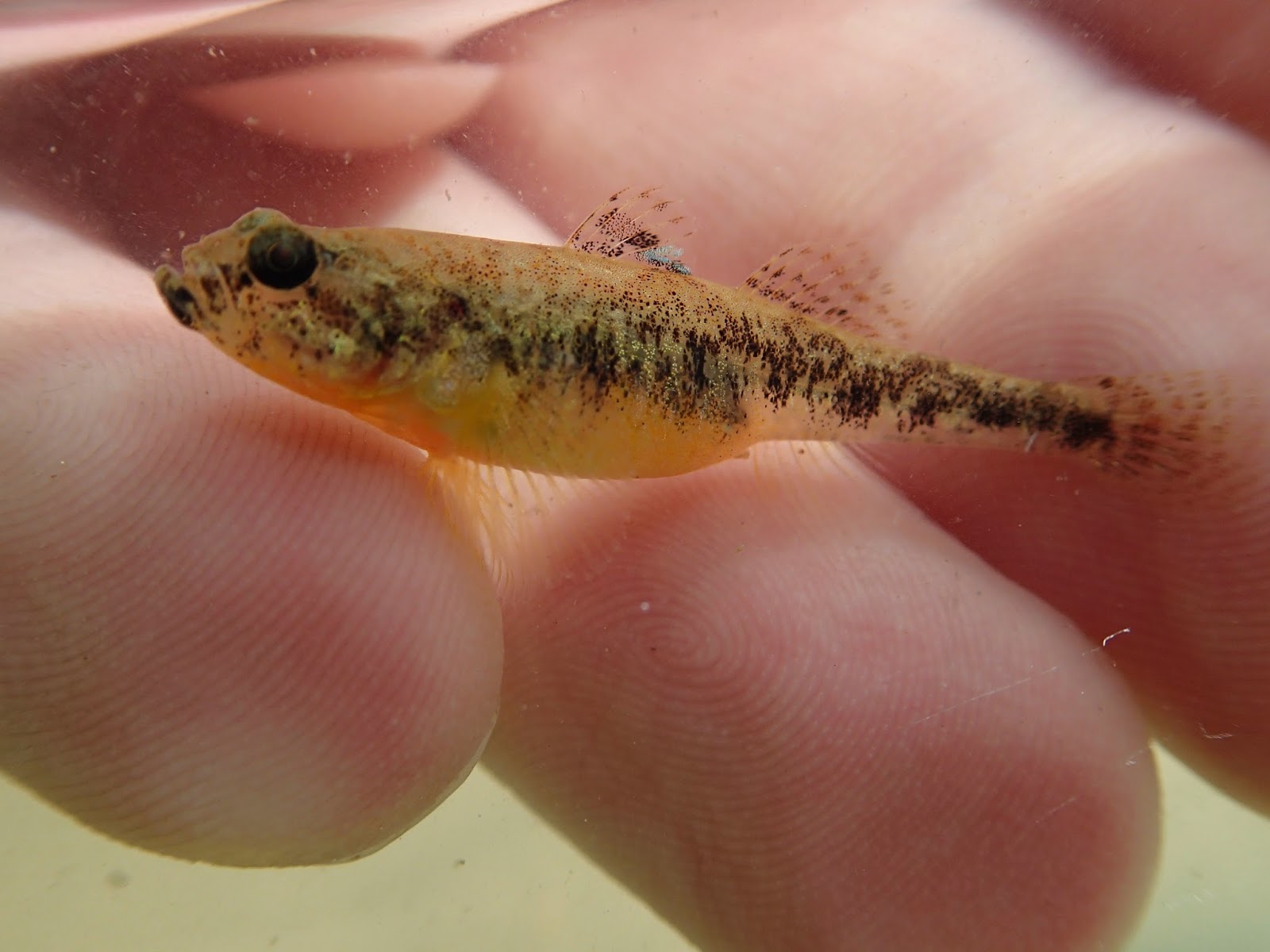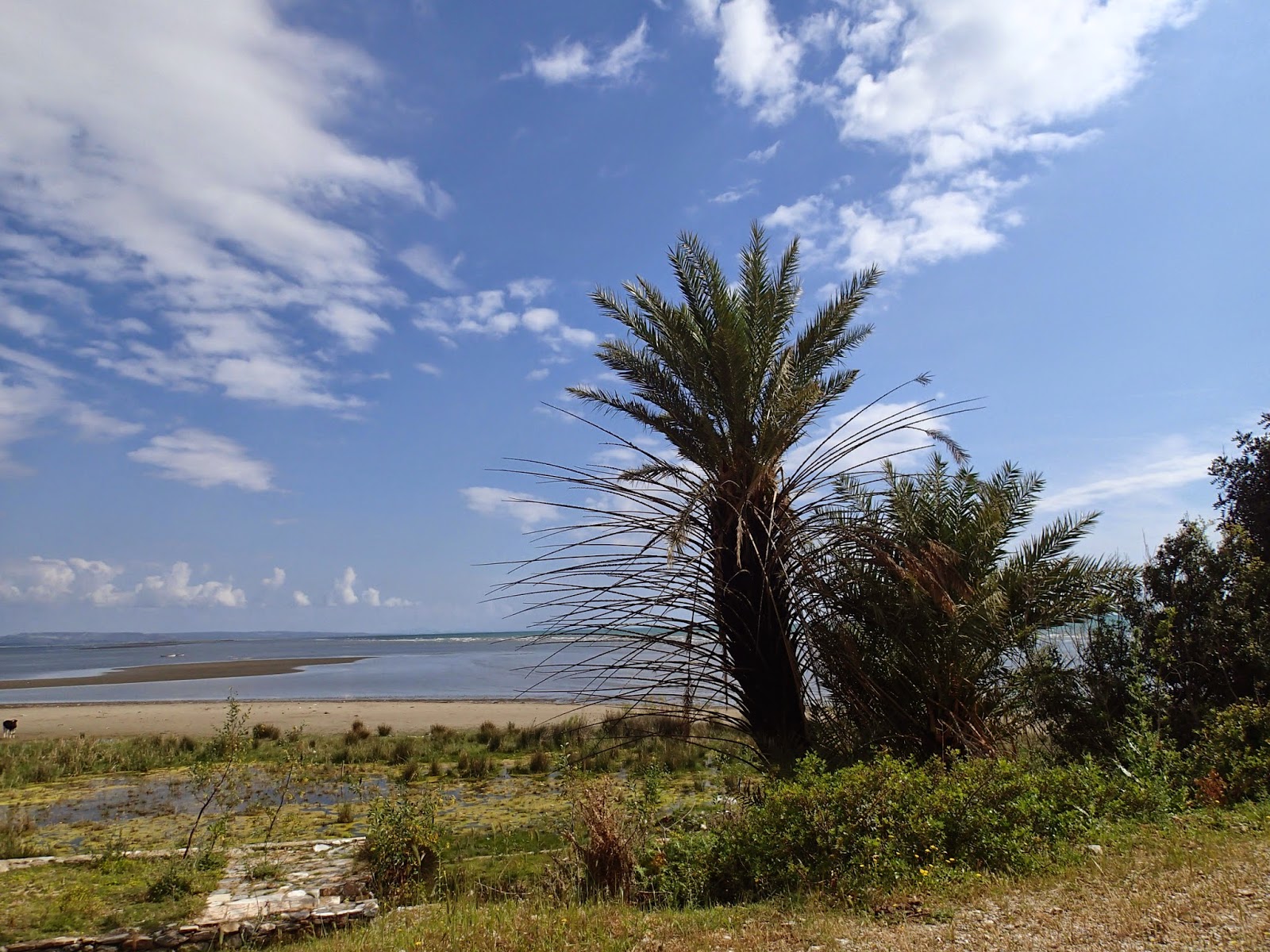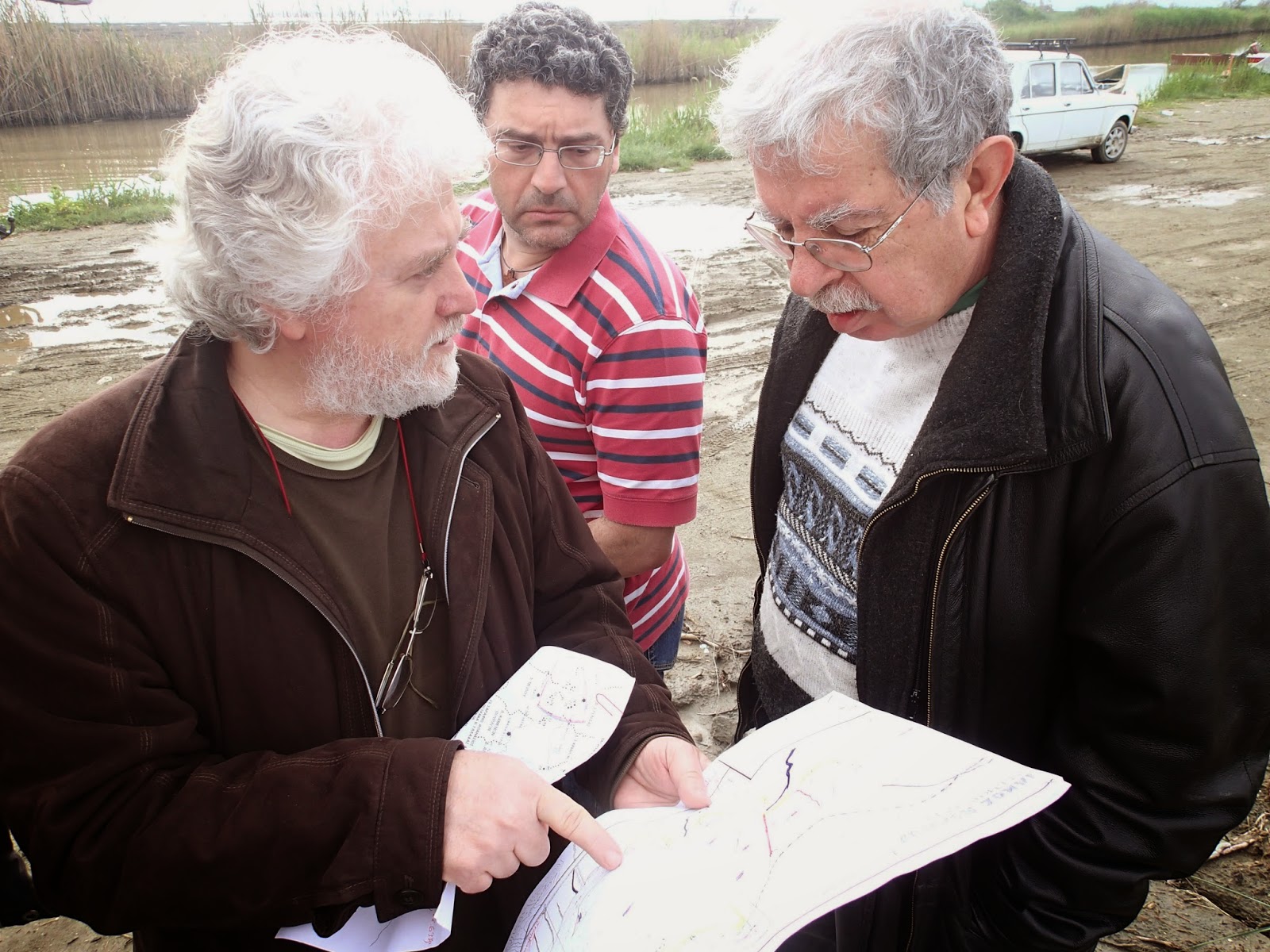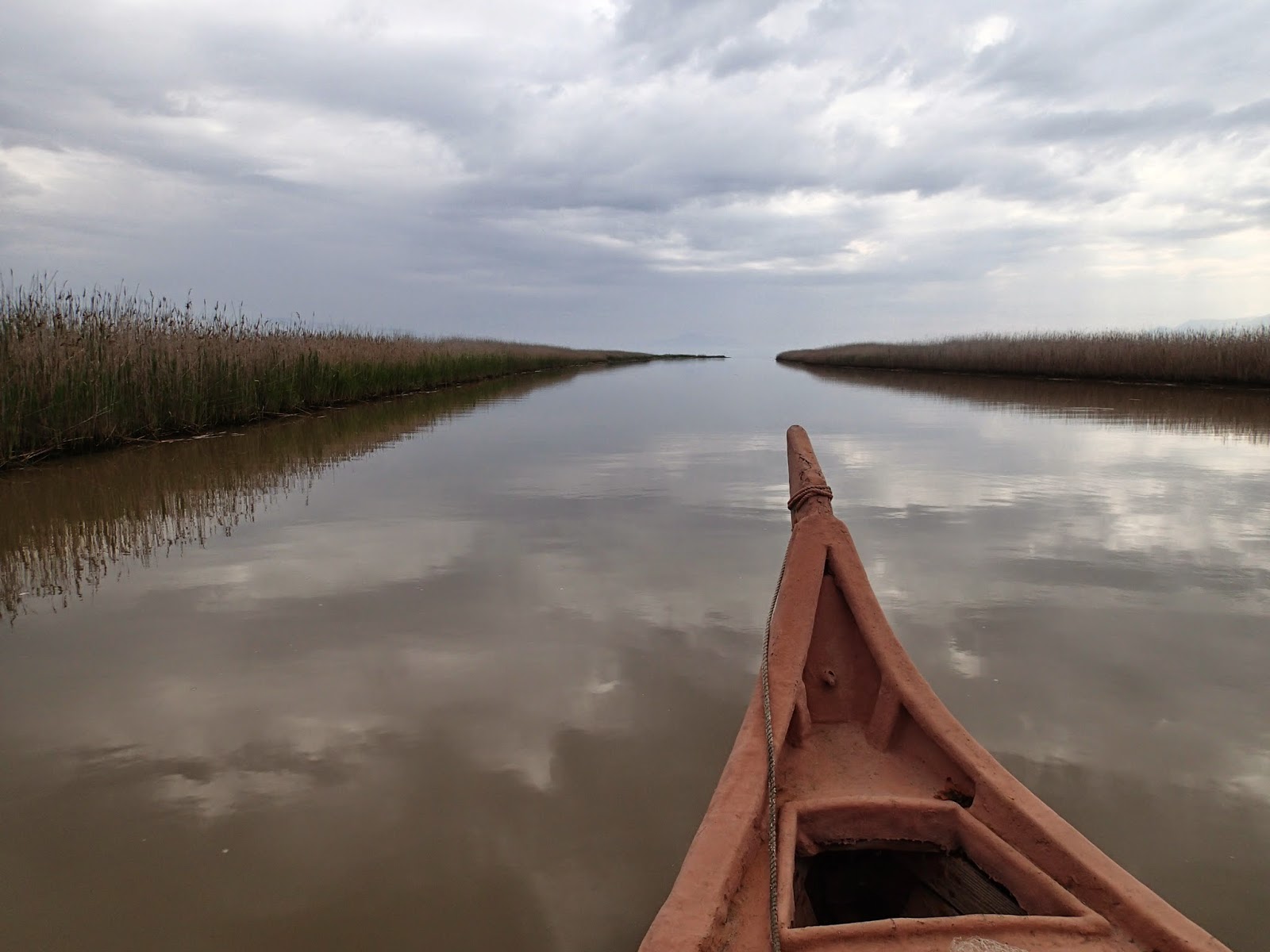Early April 2014
Spring photos along the length of the beautiful Sperchios River in Central Eastern Greece.
In my mind this is one of the most beautiful rivers in Greece. What a statement!
The is my reasoning:
a) The upper tributaries on Mount Iti National Park are spectacular (not shown here); amazing cold waters dropping into deep narrow canyons, others full of trout in Greek Fir forests.
b) No major dams on the main stem - except for some new barriers at and near the National Highway crossing.
c) Meanders! Still the river has a few true meanders in the lowermost part.
d) Extensive riparian forests. For a lowland river, only the Pinios of Thessaly, the Nestos and Evros can compare with its extensive lowland forests. But it is a smaller river than the above.
e) Endemic fish bonanza. Its unique biogeographical cross-roads position lends the river an amazing situation where fishes with biogeographical origins from the north meet fishes from the unique southeast. Three taxa are local endemics to the river (Pungitius hellenicus, Alburnoides sp., Rutilus sp.).; the total list in the rivers freshwater is about 15 species.
f) Fantastic birdlife. The lower course, its forests and wetlands and the Delta are incredibly rich and little-studied.
g) Floods! The river still has flood-pulses that are along a natural flow regime cycle. This feeds the Delta with sediments and nutrients.
h) Estuary-like Delta system in the Malliakos Gulf. Greece doesn't really have any true tidally-influenced estuaries. Our deltas and lagoons are tide-less really. But at the Sperchios Delta there is a tidal influence with amazing mudflats, delta islets, etc. Important as a fish nursery ground and a bird migration hotspot of international value.
i) Fantastic landscapes and landscape features: Looming Mount Iti over the lower valley. The unique Gorgopotamos Canyon. Thermopyle with its steaming hot springs. The vast Delta wetlands and shallow green-grey-blue Maliakos Gulf. Working countryside farm villages. Ancient Oriental Plane groves over the rushing river waters. Hundreds of clean upstream headwaters. The 'presence' of wolves in the hills.
So all these riches add up; they give the river valley and delta a unique place among Greek river scenes - it is wonderful in Spring.....
This is how one falls in love with landscapes....
All photos below are from our early April 2014 trip. I will inform about locations asap.
 |
| Add caption |
 |
| A Greek Barbel Luciobarbus graecus caught with throw-net in the Delta, at the Anthili Pump Station. |
 |
| Sites visited during our second biological survey (Early April 2014); site numbers are also used in the photos above. |






























































